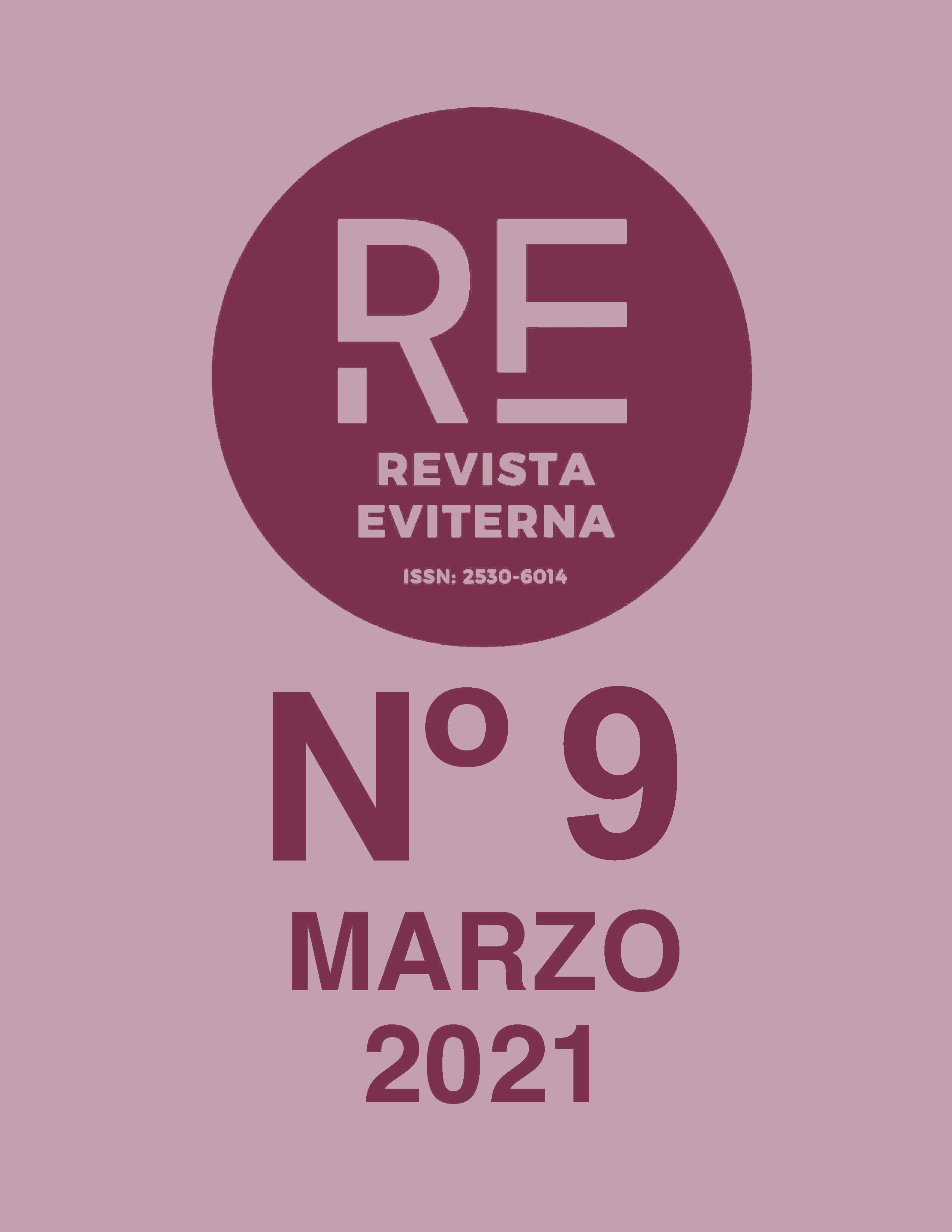Ciudades inteligentes y tecnologías robóticas para un modelo de crecimiento integrado
DOI:
https://doi.org/10.24310/Eviternare.vi9.11459Palabras clave:
Nuevas tecnologías, Movilidad innovadora, Robótica urbana, Experiencia de los usuarios, Sociedad inteligenteResumen
The paper focuses on the importance of robotics and artificial intelligence inside of the new urban contexts in which it is possible to consider and enhance the different dimensions of quality of life such as safety and health, environmental quality, social connection and civic participation. Smart technologies help cities to meet the new challenges of society, thus making them more livable, attractive and responsive in order to plan and to improve the city of the future. In accordance with the Agenda 2030 Program for sustainable development that intends the inclusive, safe, resilient and sustainable city, the direction of growth and prosperity of urban environments is pursued by optimizing the use of resources and respecting the environment. In the current society, robotic technology is proposed as a tool for innovation and evolution in urban as well as industrial and domestic contexts. On the one hand the users-citizens who participate dynamically in the activities and on the other the new technological systems integrated in the urban fabric. Existing urban systems that are “amplified” of artificial and digital intelligence and give life to smart cities, physical places that allow new forms of coexistence between humans and robots in order to implement the level of quality of life and define “human centered” innovative solutions and services thus responding to the particular needs of people in an effective and dynamic way. The current city goes beyond the definition of smart city. In fact, as said by Carlo Ratti, it becomes a "senseable city", a city capable of feeling but also sensitive and capable of responding to citizens who define the overall performance of the city. The multidisciplinary approach through the dialogue between designers, architects, engineers and urban planners will allow to face the new challenges through the dynamics of robot integration in the urban landscape. The cities of the future, in fact, will be pervaded by autonomous driving vehicles, robotized delivery systems and light transport solutions, in response to the new concept of smart mobility, on a human scale, shared and connected mobility in order to improve management and control of the digitized and smart city. Automation at constant rates as the keystone for urban futures and new models of innovative society. Through the identification of representative case studies in the field of innovative systems it will be possible to highlight the connections between design, smart city and "urban" robotics that will synergically highlight the main "desirable" qualities of life in the city as a place of experimentation and radical transformations. In particular, parallel to the new robotic solutions and human-robot interactions, the design discipline will be responsible for designing the total experience of the user who lives in synergy with the robots, thus changing the socio-economic dynamics of the city.
Descargas
Métricas
Publicación Facts
Perfil de revisores N/D
Información adicional autores
Indexado: {$indexList}
-
Indexado en
- Sociedad Académica/Grupo
- N/D
- Editora:
- Universidad de Málaga
Citas
Bonomi, Aldo & Masiero, Roberto (2014). Dalla smart city alla smart land, Marsilio Editori: Milano. [Loosely translated by the author].
Calvino, Italo (1972). Le città invisibili. Einaudi: Torino. [Loosely translated by the author].
Follesa, Stefano (2013). Design e identità. Progettare per i luoghi. Franco Angeli Editore. [Loosely translated by the author].
Granelli, Andrea (2012). Città Intelligenti? Per una via italiana alle Smart Cities, Luca Sossella Editore. [Loosely translated by the author].
Marciano, Claudio (2015). Smart City: Lo spazio sociale della convergenza, Edizioni Nuova Cultura: Roma. [Loosely translated by the author].
Norman, Donald A. (2014). Design della complessità, a cura di Maria Grazia Mattei, Egea Editore: Milano. [Loosely translated by the author].
Ratti, Carlo (2013). Smart city, smart citizen, a cura di Maria Grazia Mattei. Egea Editore: Milano. [Loosely translated by the author].
Ratti, Carlo (2017). La città di domani. Come le reti stanno cambiando il futuro urbano. Giulio Einaudi Editore Torino. [Loosely translated by the author].
Vianello, Michele (2013). Smart Cities. Gestire la complessità urbana nell’era di Internet, Maggioli Editore: Santarcangelo di Romagna (RN). [Loosely translated by the author].
Publicado
Cómo citar
Número
Sección
Licencia
Todos los contenidos publicados en Revista Eviterna están sujetos a la licencia Creative Commons Reconocimento-NoComercia-Compartirigual 4.0 cuyo texto completo puede consultar en <http://creativecommons.org/licenses/by-nc-sa/4.0>

Se pueden copiar, usar, difundir, transmitir y exponer públicamente, siempre que:
- Se cite la autoría y la fuente original de su publicación (revista, editorial y URL de la obra).
- No se usen para fines comerciales.
- Se mencione la existencia y especificaciones de esta licencia de uso.
Los derechos de autor son de dos clases: derechos morales y derechos patrimoniales. Los derechos morales son prerrogativas perpetuas, irrenunciables, intransferibles, inalienables, inembargables e imprescriptibles.
De acuerdo con la legislación de derechos de autor, Revista Eviterna reconoce y respeta el derecho moral de los autores/as, así como la titularidad del derecho patrimonial, el cual será cedido a la Universidad de Málaga para su difusión en acceso abierto.
Los derechos patrimoniales, se refieren a los beneficios que se obtienen por el uso o divulgación de las obras. Revista Eviterna se publica en open access y queda autorizada en exclusiva para realizar u autorizar por cualquier medio el uso, distribución, divulgación, reproducción, adaptación, traducción o transformación de la obra.
Es responsabilidad de los autores/as obtener los permisos necesarios de las imágenes que están sujetas a derechos de autor.







12.png)



